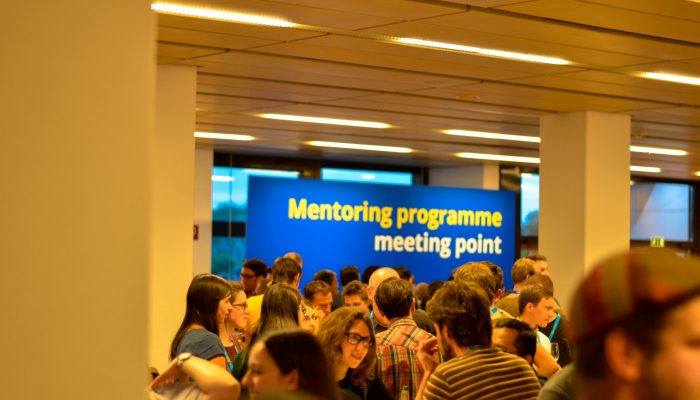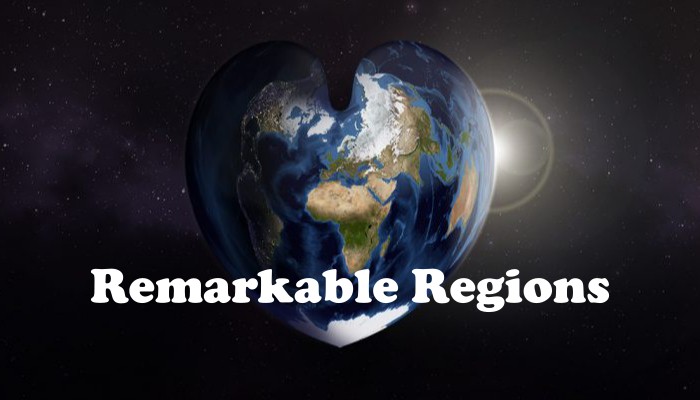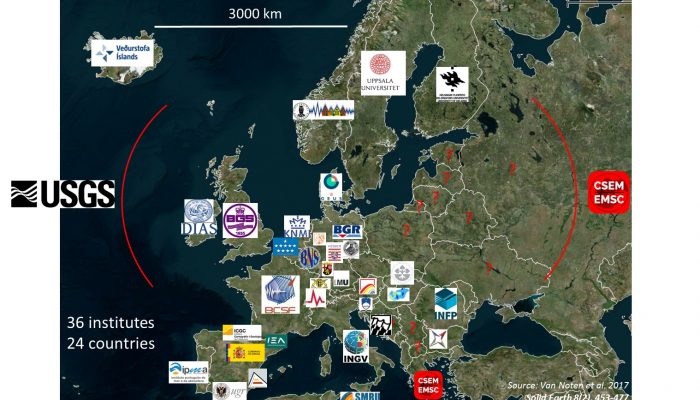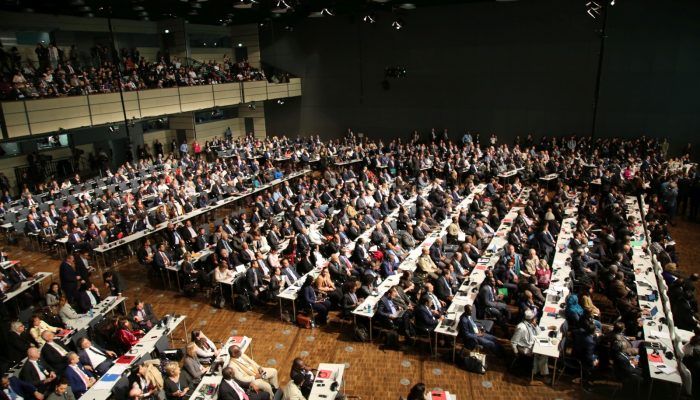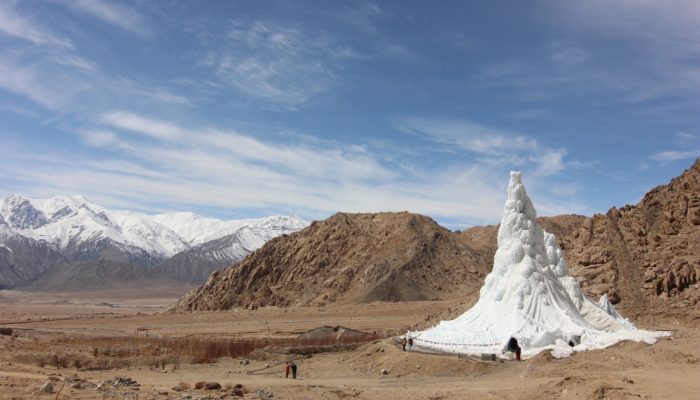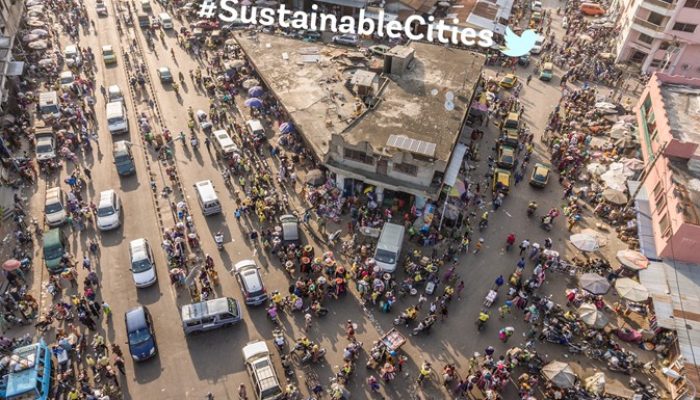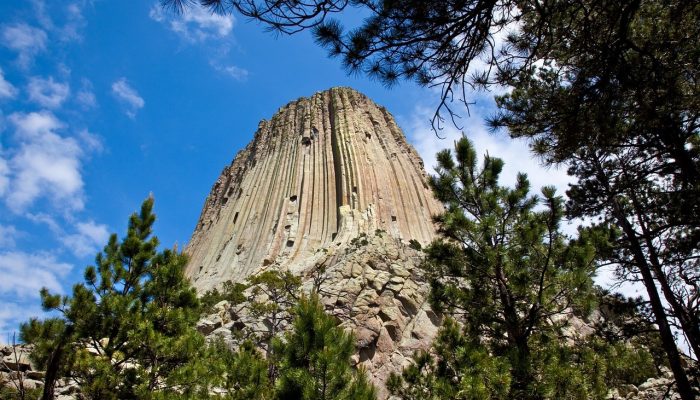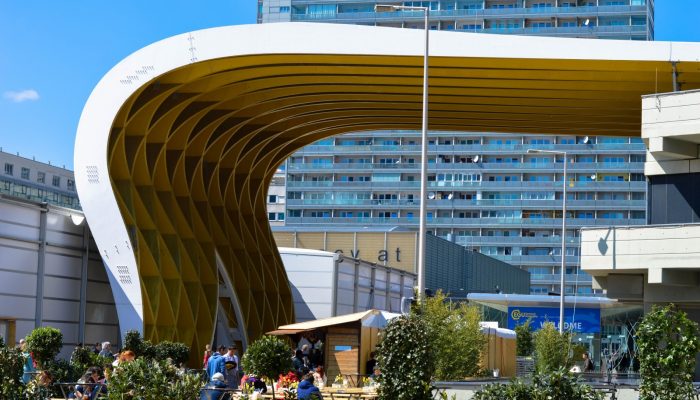With over 14,000 participants, 4,849 oral presentations and over 11,000 posters, all under one roof, the General Assembly can be an overwhelming experience. There is a warren of corridors to navigate, as well as a wide range of workshops, splinter and townhall meetings to choose from. With that in mind, we’ve put in place some initiatives to make the experience of those joining us in Vienna for t ...[Read More]
Geodynamics
Alaska: a gold rush of along strike variations
Every 8 weeks we turn our attention to a Remarkable Region that deserves a spot in the scientific limelight. After exploring the Mediterranean and the ancient Tethys realm, we now move further north and across the Pacific to the Aleutian-Alaska subduction zone. This post was contributed by Kirstie Haynie who is a PhD candidate at the department of geology at the University at Buffalo, State Univer ...[Read More]
GeoLog
Imaggeo on Mondays: A spectacular view of moss-covered rocks
Geology has shaped the rugged landscape of the Isle of Skye – the largest island of Scotland’s Inner Hebrides archipelago. From the very old Precambrian rocks (approximately 2.8 billion years old) in the south of the island, through to the mighty glaciers which covered much of Scotland as recently as 14,700 years ago, the modestly-sized island provides a snap-shot through Earth’s dynamic his ...[Read More]
Seismology
Crowdsourcing in Europe: how to share macroseismic data of felt earthquakes ?
“Did you feel the earthquake ?” “Avez-vous ressenti un tremblement de Terre?” “Erdbeben gespürt?” ” Følte du siste jordskjelv?” “Sentiu um Sismo?” “Ha sentido algún terremoto?” “Pocítili ste zemetrasenie?” “Hai Sentito il Terremoto?” “почувствахте ли земетрес ...[Read More]
GeoLog
GeoPolicy: COP23 – key updates and outcomes
What is COP23? Anthropogenic climate change is threatening life on this planet as we know it. It’s a global issue… and not one that is easily solved. The Conference of the Parties (COP) provides world leaders, policy workers, scientists and industry leaders with the space to share ideas and decide on how to tackle climate change and generate global transformative change. COP23 will predominantly f ...[Read More]
Cryospheric Sciences
Image of the Week – Ice Stupas: a solution for Himalayan water shortage?
As the world searches for practical innovations that can mitigate the impact of climate change, traditional methods of environmental management can offer inspiration. In Hindu Kush and Karakoram region, local people have been growing, or grafting, glaciers for at least 100 years. Legend has it that artificial glaciers were grown in mountain passes as early as the twelfth century to block the advan ...[Read More]
WaterUnderground
Bedrock: A hydrogeologist’s devotional
Post by Kevin Befus, Assistant Professor at the College of Engineering and Applied Science at the University of Wyoming, in the United States. _______________________________________________ I want to share a book with you that has encouraged me through initial academic mires (I was only in graduate school for 7 years…) and inspired me to expand my perception and appreciation of the natural world. ...[Read More]
Geology for Global Development
Jesse Zondervan’s #GfGDPicks (Nov 2017): How did people in ancient times fare during climate changes? Should we use geoengineering? #SciComm
Each month, Jesse Zondervan picks his favourite posts from geoscience and development blogs/news, relevant to the work and interests of Geology for Global Development . Here’s a round-up of Jesse’s selections for the past month: How successful were people in the Neolithic and ancient times in adapting to climate change? Two contrasting stories emerged this month: A new study from Past Global Chan ...[Read More]
Geology for Global Development
Robert Emberson: Geomythology – Why understanding cultural traditions of landscape are important for sustainable development
Every culture has myths and legends about their native lands. Before we understood the geological forces that forced up great ranges of mountains or sculpted barren deserts, humans needed an explanation for the scale and majesty of natural phenomena. Stories of deities inhabiting volcanoes, or angry gods shaking the very ground upon which people lived, helped people make sense of disasters when te ...[Read More]
GeoLog
What’s new for the 2018 General Assembly?
Along with our conference organisers, Copernicus, we aim to improve the experience of General Assembly attendees year on year. Following feedback from participants in 2017, we’ll introduce some changes we hope will make the 2018 edition of our meeting even better! This post highlights a few of the changes that returning participants will notice at next year’s conference. An ever-growing numb ...[Read More]

